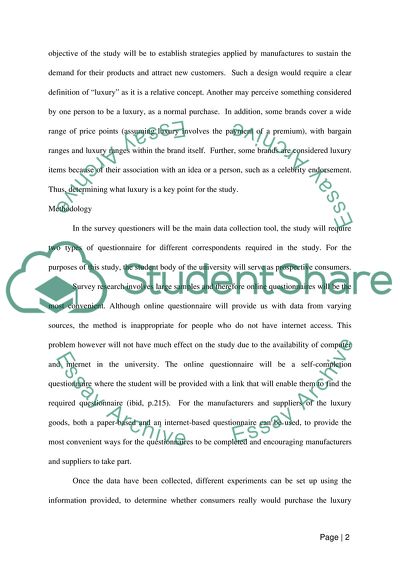Cite this document
(“The Marketing of Luxury Goods in an Age of Austerity: What Switching Essay”, n.d.)
The Marketing of Luxury Goods in an Age of Austerity: What Switching Essay. Retrieved from https://studentshare.org/marketing/1587550-the-marketing-of-luxury-goods-in-an-age-of-austerity-what-switching-costs-are-acceptable-to-those-looking-to-trade-up-and-for-luxury-brands-looking-to-attract-new-customers
The Marketing of Luxury Goods in an Age of Austerity: What Switching Essay. Retrieved from https://studentshare.org/marketing/1587550-the-marketing-of-luxury-goods-in-an-age-of-austerity-what-switching-costs-are-acceptable-to-those-looking-to-trade-up-and-for-luxury-brands-looking-to-attract-new-customers
(The Marketing of Luxury Goods in an Age of Austerity: What Switching Essay)
The Marketing of Luxury Goods in an Age of Austerity: What Switching Essay. https://studentshare.org/marketing/1587550-the-marketing-of-luxury-goods-in-an-age-of-austerity-what-switching-costs-are-acceptable-to-those-looking-to-trade-up-and-for-luxury-brands-looking-to-attract-new-customers.
The Marketing of Luxury Goods in an Age of Austerity: What Switching Essay. https://studentshare.org/marketing/1587550-the-marketing-of-luxury-goods-in-an-age-of-austerity-what-switching-costs-are-acceptable-to-those-looking-to-trade-up-and-for-luxury-brands-looking-to-attract-new-customers.
“The Marketing of Luxury Goods in an Age of Austerity: What Switching Essay”, n.d. https://studentshare.org/marketing/1587550-the-marketing-of-luxury-goods-in-an-age-of-austerity-what-switching-costs-are-acceptable-to-those-looking-to-trade-up-and-for-luxury-brands-looking-to-attract-new-customers.


